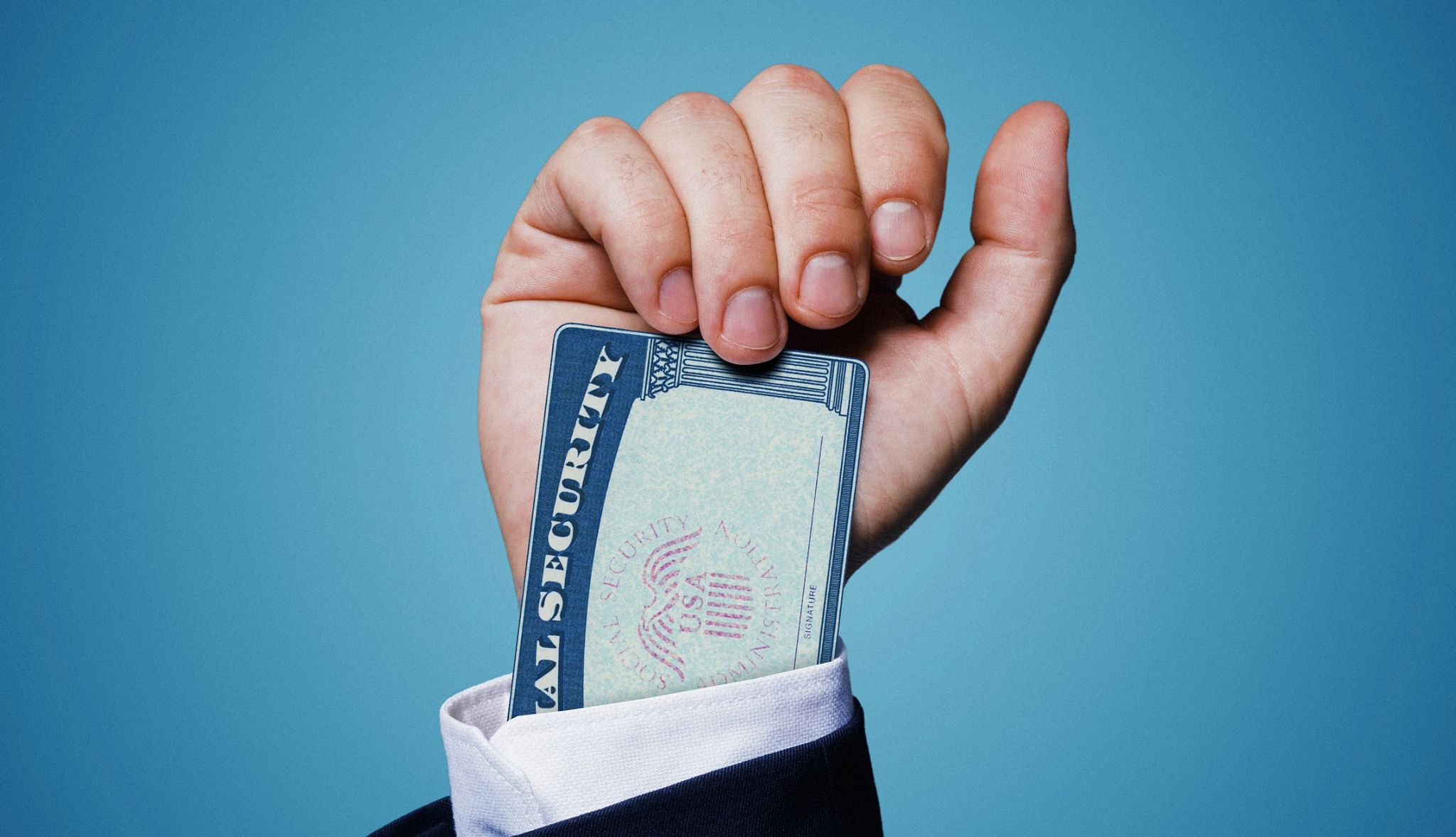AARP Hearing Center


In this story
New logins • Red flags • Common scenarios • How Social Security communicates • Staying safe • If you’re targeted • More resources
Social Security numbers are the skeleton keys to identity theft. And what better way to get someone’s Social Security number than by pretending to be from the Social Security Administration (SSA)?
With the 2024 announcement of new login requirements for those who created My Social Security online accounts before Sept. 18, 2021, experts warn that scammers may take advantage of Social Security recipients who may be confused by the switch. (See here for updated step-by-step instructions.)
“Criminals take advantage of these big changes. We would urge people to be suspicious of any call offering to help you change your login credentials,” says Amy Nofziger, director of victim support at AARP’s Fraud Watch Network.
Social Security’s Office of the Inspector General (OIG) is warning the public about Social Security impersonators and related scams, noting that scammers "might use the name of a person who really works [for the SSA) and might send a picture or attachment as 'proof.'"
And now impostors have artificial intelligence as a tool to make their communications more convincing. “Scammers’ embrace of AI has made things exponentially worse,” says Shawna Reeves, special projects consultant for Legal Assistance for Seniors in Oakland, California. “Because of AI, scam calls, emails and texts have become more personalized, and thus, harder to detect,” she adds.
Join Our Fight to Protect Social Security
You’ve worked hard and paid into Social Security with every paycheck. But recently, we've heard from thousands of Americans who want to know more about the future of Social Security. Here’s what you can do:
- Tell Congress to strengthen Social Security customer service.
- Find out how AARP is fighting to keep Social Security strong.
- Learn more about what it’s like in Social Security offices around the country right now.
- Get expert advice on Social Security benefits and answers to common questions.
Warning signs of a Social Security scam
The scam starts when criminals call or send you a text, a letter or a social media message, in which they claim to be officials from the SSA or the SSA’s Office of the Inspector General.
As noted above, they may use the name of an actual SSA employee or send what looks like an official SSA letterhead attached to an email or text message, in an effort to appear authentic..
They also might text or email images of fake credentials to “prove” they’re Social Security representatives. SSA employees will not send images of their IDs.
Common Social Security scams
- You qualify for a benefit increase. An SSA imposter calls bearing good news — say, an increase in your benefits. To get the extra money, you just have to pay a fee or verify your name, date of birth and Social Security number. Armed with those identifiers, scammers can effectively hijack your account, asking SSA to change the address, phone number and direct deposit information on your record, thus diverting your benefits.
- You need to fill out forms to get the yearly COLA increase. Every fall, Social Security announces a cost of living adjustment (COLA) — in 2025 it is 2.5 percent. These increases are automatically added to your account. You don't need to fill out forms or provide information to get it.
- Your Social Security number has been suspended. An impersonator tells you that your Social Security number will be suspended and that your benefits will end unless you immediately pay a fee. They’ll demand payment in gift cards, a wire transfer, cryptocurrency or through a payment app. It’s a fake dilemma; the real SSA wouldn’t threaten you or suspend your Social Security number.
- There's a problem with your Social Security number. Some scams start as package delivery scam or a tech support scam and turn into a SSA scam. Once they have you on the line, they pretend to pass you to a law enforcement agent who then "discovers" a problem in your SSA records.
- Your number was used in a crime. An impersonator claims that your Social Security number has been linked to criminal activity and that you’re in danger of going to jail. “They’ll say, ‘OK, your Social Security number was used to rent a car that was found abandoned in El Paso, Texas, with drugs and blood in it. We’re going to send somebody out to arrest you,’ ” explains Steve Baker, a former Federal Trade Commission official who publishes the Baker Fraud Report newsletter. Once the impersonators have frightened their targets, they’ll sometimes tell them that the only way to avoid arrest is to send money. In one such scheme, an Indiana man and coconspirators in the U.S. and overseas allegedly pressured people into withdrawing large sums of cash and sending it by FedEx to avoid arrest. The ring stole approximately $1.5 million that way, before it was uncovered and broken up by federal law enforcement.
- Your bank account is in danger. The impersonator tells you that because your Social Security number has been stolen, your bank accounts are at risk, Baker says. “They’ll say, ‘What we need to do is get all of your money out and put it in a safe account or some sort of government-controlled account.’ ”


































































More from AARP
Drivers: Keep an Eye Out for New Toll Road Scams
Criminals pretend to be highway officials requesting payment after your tripMany Scammers Now Ask for Payment in Gold Bars
Criminals tell victims to liquidate their savings to buy gold — then hand it over for ‘safekeeping’What to Do If You've Just Been Scammed
How one woman worked quickly — with help — to avoid being charged through PayPal